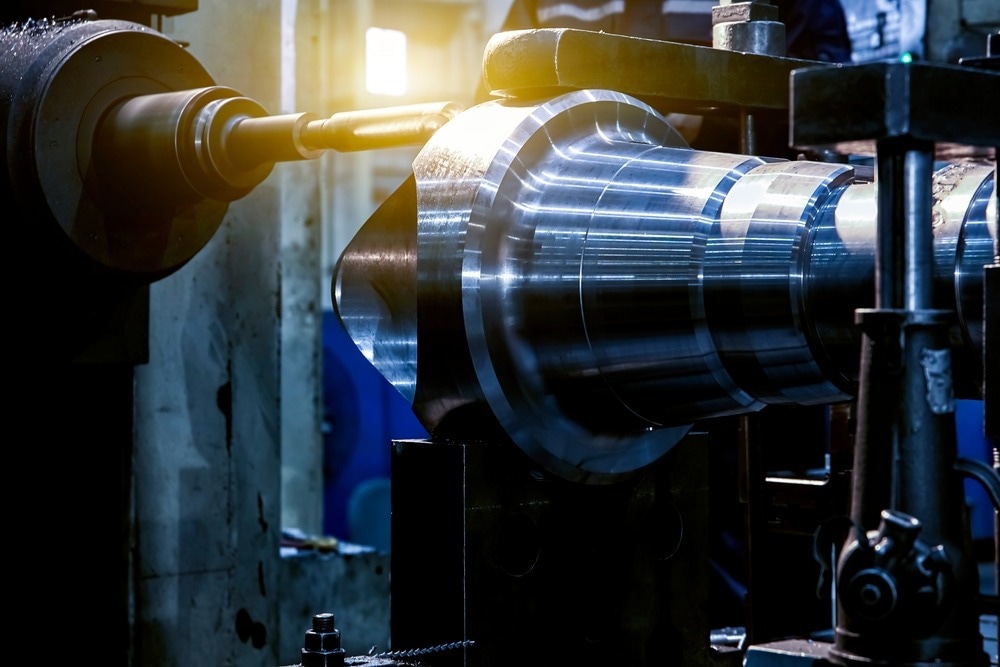Custom Rotomolding is a unique manufacturing process with a wide array of applications that range from industrial to commercial uses. The technique’s versatility, combined with the numerous benefits it offers, makes it a compelling option for businesses looking to create custom plastic parts. If you're new to the world of rotomolding or considering it for your next project, understanding the process is the first step to unlocking its potential.

The Rotomolding Technique Demystified
Rotomolding, short for rotational molding, is a molding process used to create hollow products typically with a consistent wall thickness. Unlike other molding techniques, such as injection molding or blow molding, rotomolding heats and rotates molds slowly, relying on centrifugal force to evenly distribute the melted resin.
How Rotomolding Works
The process begins with a mold being filled with a predetermined amount of plastic powder or resin. The mold is closed and rotated on two axes inside a heated oven. This rotation causes the material to melt and uniformly coat the interior of the mold. Once the mold has rotated a set number of times, it is cooled to solidify the product, and the part is removed.
The slow rotation rate is critical as it allows the material to evenly distribute across the mold. This results in stress-free parts with consistent wall thickness, which is particularly important for structural integrity in a variety of applications.
The Pinnacle of Customization
Custom rotomolding shines in its ability to produce complex, one-piece designs with intricate details. Architects and designers are drawn to rotomolding for the freedom it offers to bring their unique and visionary shapes into reality. Whether you're designing a playground structure, a water tank, or a storage container, the customizability of rotomolding is unmatched.
Creating Complex Forms
The absence of internal pressure gives rotomolding an edge in crafting complex geometries and undercuts that are hard to achieve with other methods. This complexity comes at no additional cost, unlike in injection or blow molding, where each added feature can escalate expenses.
Designing for Durability
Products created with rotomolding are typically seamless, which improves their durability and minimizes the chance of leakage or cracking. This process also allows for multi-layer parts, incorporating different materials to enhance characteristics like UV resistance, color, and chemical resistance.
The Economic and Ecological Benefits
Beyond just shaping plastic, rotomolding holds several economic and ecological advantages over traditional manufacturing processes.
Reducing Material Wastage
One of the core benefits of rotomolding is the ability to recycle excess materials repeatedly. This reduces waste and ensures a more sustainable approach to production.
Streamlining Production Costs
Custom rotomolding can be less expensive than other methods for both tooling and production, making it a cost-effective way to produce low volumes of parts without sacrificing quality.
Applications Across Industries
Custom rotomolding caters to a wide range of industries, from automotive to biomedical. Here's how it's making an impact:
In Building and Construction
Rotomolded parts are used for architectural elements, playground equipment, and even septic tanks due to their resistance to the elements and their robust yet safe designs.
For the Outdoors
From kayaks to coolers, rotomolded products serve aficionados of outdoor activities by offering sturdy and watertight solutions.
Industrial Solutions
Within industrial settings, rotomolding delivers on the complexity and durability needed for intricate parts in machinery and equipment.
Final Thoughts
Custom rotomolding offers a combination of design flexibility, durability, and cost-effectiveness that makes it an attractive option for manufacturers. By understanding the basics of the process and the diverse applications it serves, you can fully appreciate the value it can bring to your next project.
In an increasingly competitive market, adopting innovative manufacturing methods like rotomolding is one way to stay ahead. Whether you're aiming for unique design solutions or seeking to reduce your environmental footprint, looking into rotomolding could be the game-changer your business needs.
 icons at the top right corner of the subsection.
icons at the top right corner of the subsection.